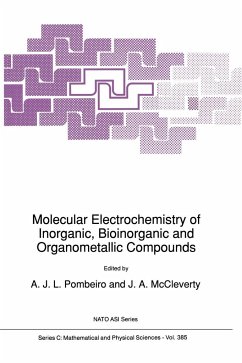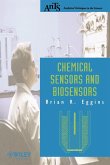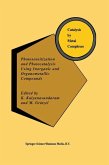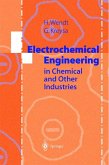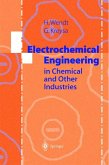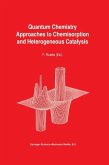The use of electrochemical techniques by chemists, particularly those who regard themselves as "inorganic" coordination chemists, has undergone a very rapid growth in the last 15-20 years. The techniques, as dassically applied to inorganic species, had their origins in analytical chemistry, and the methodology had assumed, until the mid 60s, more importance than the chemiStry. However, the growth of interest in coordination compounds (including organometallic complexes) having unusually rich of electron-transfer in bio-inorganic redox properties, and in the understanding species, has propelfed electro-chemistry into the foreground of potentially readily available techniques for application to a very wide range of problems of interest to those chemists. This growth has been fuelled additionally by the availability of relatively cheap equipment of growing sophistication and by an increase in the "inorganic" chemists' general knowledge of physical electrochemistry. In particular, with increasing availability and sophistication of eqUipment, kinetic problems are now being addressed, and the range of electrode types and configuration and solvents has been greatly expanded. Furthermore, the rapid expansion of interest in biological problems has opened new avenues in functionalisation of electrodes, in the development of sensory devices and, in a sense, a return to the analytical base of the science, using novel and multi-disciplinary techniques drawing on synthesis chemistry of and electronic micro-engeneering. The drive towards increasing use microcomputer-controlled data analysis and the development of microeledrodes has opened exciting new avenues for the exploration of chemical reactions involving electron-transfer processes.

